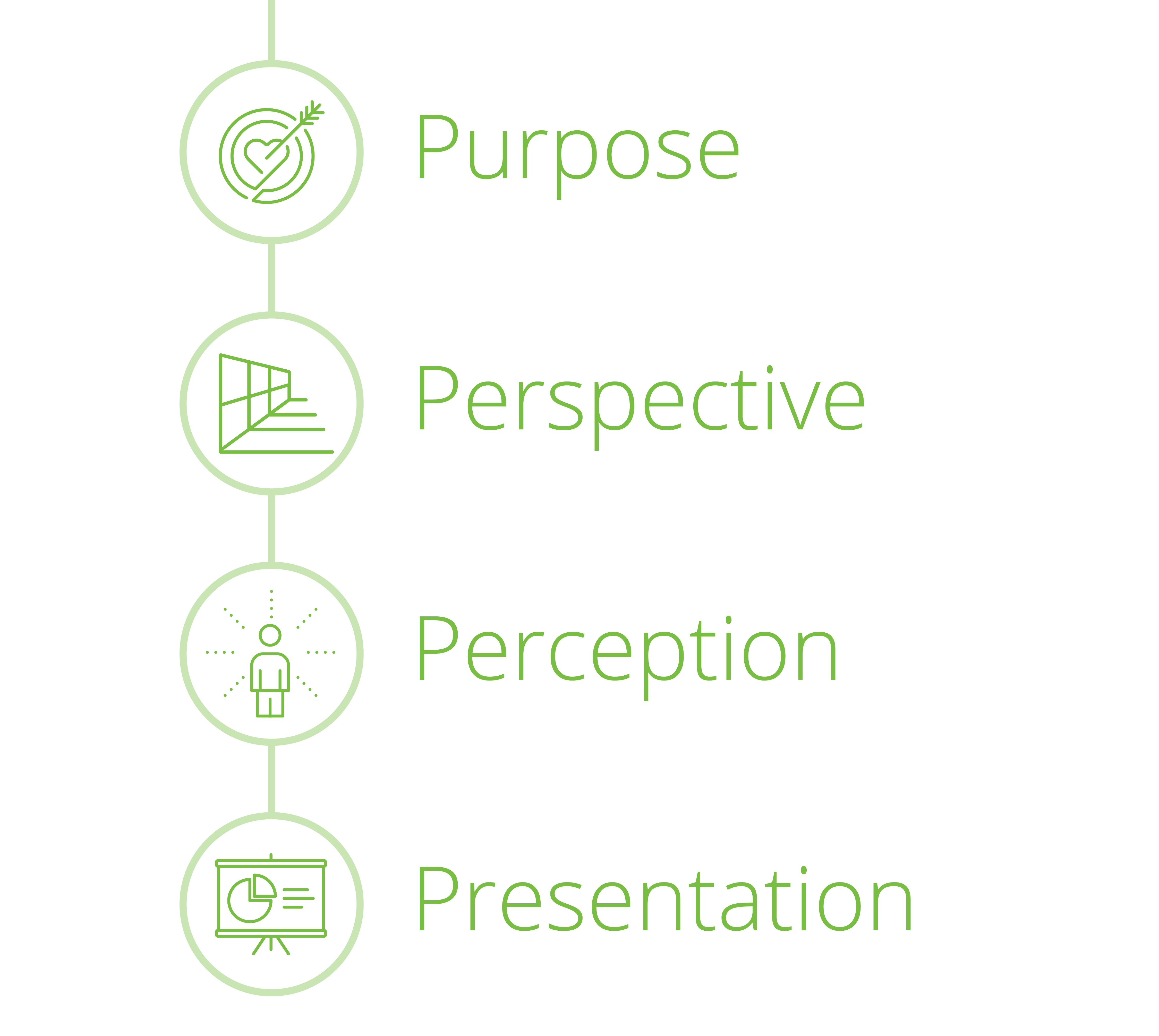Those who have agency experience know to expect some variance in the pace of their work. While one week might be jam-packed with projects and require extra hours and speed from your team, another week might allow for more downtime and deep thinking. We came up with four Ps to help you tactfully add value and strategy into your client support when work is slow.
Purpose. Your main focus should be how your strategy will benefit the client in the long run. Think of ROI; are there any results that you can predict? You can leverage the success of your past work to prove your point. You can also draw from other industry leaders for social proof. The more you can quantify success, the better. We might be creative, but that doesn’t mean numbers aren’t our thing! We always look for ways to use data and metrics to support our strategy. Market research is integral in client support, and contributing trends and statistics can add a great deal of impact to your argument.

Perspective. Don’t underestimate the value of your perspective. You know which solutions have worked in the past, and you can leverage that knowledge in the development of strategy. Your team’s varied expertise and experience allow you to take ideas and run them through many different channels. Each idea that you explore adds to your toolbox for different scenarios. We utilize many methods to measure success of past strategies. It’s all part of combining the creativity of a marketing firm and the analytic rigor of a sales consultancy. By recording and analyzing our own past strategies, we are able to compare their data and results (for example, using usage metrics for web materials) to inform current strategic processes.
Perception. It’s your job to steer the client’s perception. The key is to strike a balance, because while you want to look professional, you also don’t want to scare your client with an overly formal proposal. Make sure your thoughts are distilled into their most succinct form. Then simply support your idea with context: how it fits in with the current plan and how it’s relevant to business. Don’t let them perceive your ideas as too grandiose or unachievable because you didn’t take the time to provide support. We often like to execute an idea at least part-way (in the form of a text outline or design sample for instance). Creating mock-ups is a great way to give the client a tangible example that says, look, this was easy!
Presentation. If you are presenting a new idea or strategy to a client, the way you talk about it is almost as important as the content itself. More than just packaging your idea professionally, you should include as many supporting elements as you can – connect the dots for your audience – whether that means infographics and visuals to drive understanding, charts to give weight and context to claims, or summarized key takeaways that eliminate any possibility of ambiguity. We train every team member, not just account managers, on how to communicate effectively with customers. No idea is complete with just a simple bullet point; claims, numbers, and visuals must work together to create the full picture.
It’s important to constantly check in with your strategic process and make sure that you’re doing all you can to add value to your customer relationship. Your team will continue to develop effective strategic methods, and your clients will thank you for the thorough work.
About Weber Associates
Weber Associates is a Columbus, OH-based consulting firm. Since 1985, we have blended the creativity of a marketing agency with the analytical rigor of a consultancy to help our clients solve real sales and marketing challenges so they can significantly grow revenues and customer loyalty.


